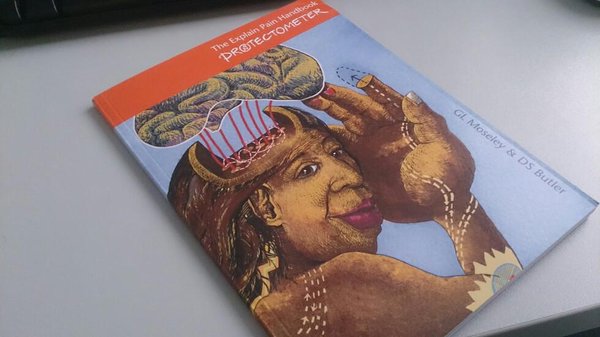I was reminded this morning of the importance of language when working with those of us impacted by chronic pain.

The NOI group have just released a handbook aimed at practitioners and patients alike who are attempting to resolve chronic pain states. Within it contains the statement below.
“We will experience pain when our credible evidence of danger related to our body is greater than our credible evidence of safety related to our body. Equally we won’t have pain when our credible evidence of safety is greater than our credible evidence of danger.”
One aspect of this is changing the language people use to articulate their experience. Just this week I listened to a lady describe her joints as ‘like jelly’, her spine as ‘crumbling’ and her muscles as ‘on fire’. This language is common among chronic pain sufferers and contributes to maintaining the state with beliefs that can’t be true.
Whilst I don’t treat pain directly, I work to give people confidence back in their bodies. Part of this is demonstrating, through muscle testing, that their situation isn’t as bad as they think and with a little work their bodies will respond much like anybody else’s.
Fundamentally it’s about changing the beliefs that are limiting progress. If you can demonstrate to the central nervous system that there is a credible level of evidence to suggest it is safe and all is well, the alarm bells will cease to ring.